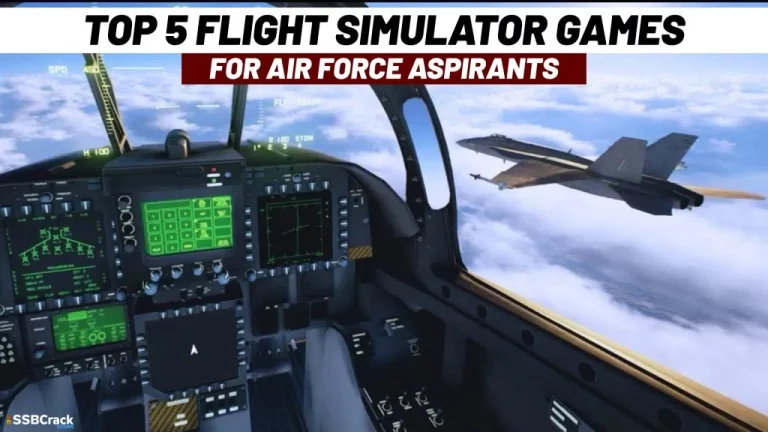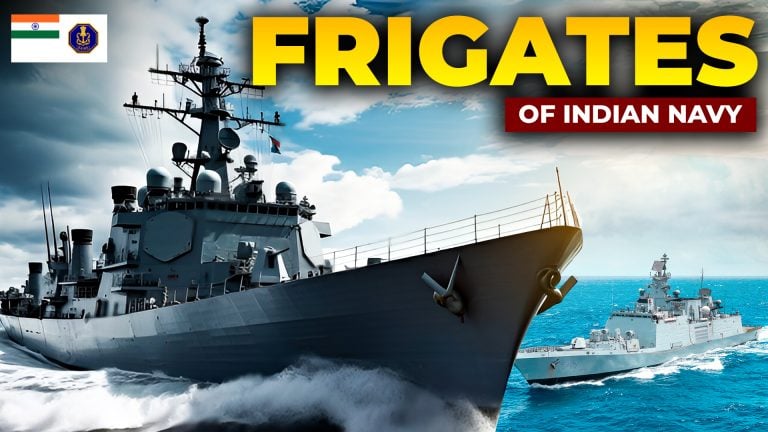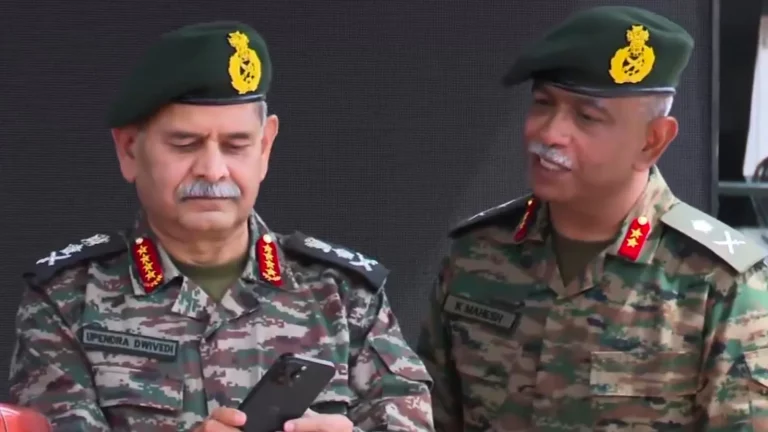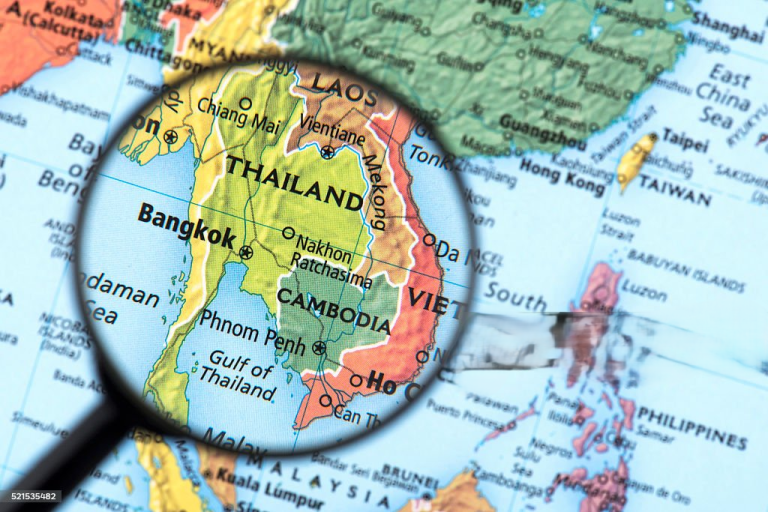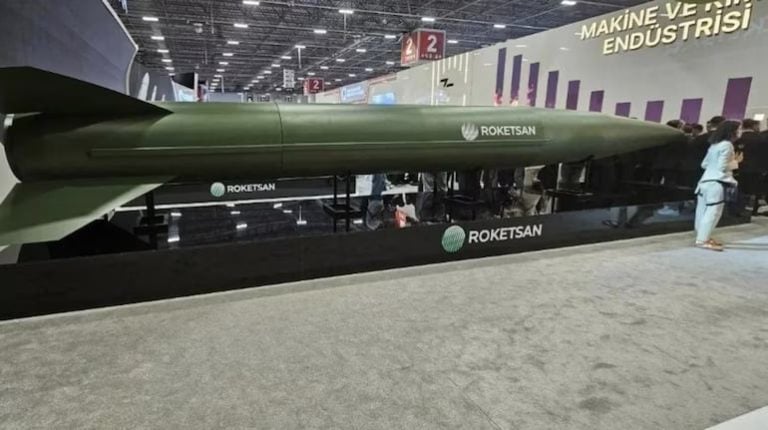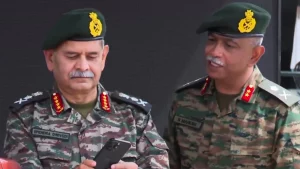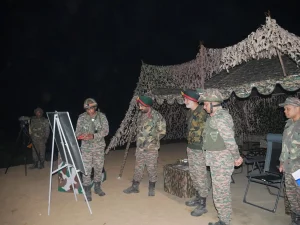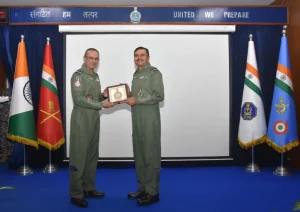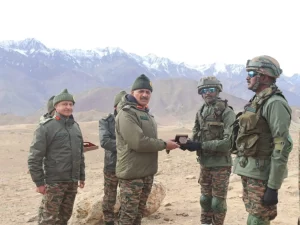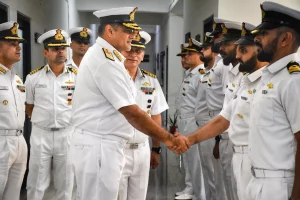In today’s rapidly evolving security landscape, the significance of advanced air defense systems is paramount. Nations worldwide are allocating extensive resources to enhance their aerial protection capabilities, designed to intercept missiles, neutralize enemy aircraft, and safeguard national airspace. As we approach 2025, examining these systems’ capabilities becomes crucial in a shifting global defense environment.
This report highlights the top ten air defense systems projected to shape military operations in 2024, featuring notable technologies from Russia’s S-400 Triumph, the United States’ THAAD, Israel’s Iron Dome, and the European Aster 30 SAMP/T. Strategic collaborations such as the Barak-8, co-developed by Israel and India, and MEADS, a joint initiative of the USA, Germany, and Italy, exemplify the importance of international partnerships in advancing air defense technologies.
A close look at these systems reveals the intricacies of modern defense technology. The S-400 Triumph, known to NATO as SA-21 Growler, is a fourth-generation long-range system that can engage diverse aerial threats, including aircraft, drones, and ballistic missiles. Operational since 2007, its features allow for simultaneous targeting of up to 36 threats at distances reaching 400 km. Deployment in critical regions accentuates its global prominence despite operational challenges faced in various conflicts.
David’s Sling, another key player in the defense arsenal, has demonstrated its capabilities against diverse threats, with operational success against ballistic missiles and drones during its deployment in Israel. The multi-pulse Stunner missile is notable for its precision, utilizing advanced radar technology for effective guidance.
THAAD, developed by Lockheed Martin, plays an integral role in the United States’ ballistic missile defense strategy. Known for its impressive intercept record and rapid deployment capability, THAAD can target threats both within and outside the atmosphere, providing a flexible defense solution in various regional hotspots.
The Patriot MIM-104, a stalwart in air defense since its introduction, successfully intercepted threats throughout its operational history, adapting continuously to address evolving dangers. Its robust presence serves multiple allied nations, evolving from its initial anti-aircraft purpose to a multi-faceted defense system.
Europe’s Aster 30 SAMP/T, developed through a joint venture between France and Italy, offers comprehensive protection against an array of aerial threats, showcasing advanced missile technology capable of engaging high-speed targets effectively. Its deployment within NATO strategies is vital to European air defense operations.
China’s HQ-9 system signifies the nation’s commitment to enhancing its regional air defense capabilities, reflecting advancements that have seen it employed against various airborne threats effectively. Furthermore, Israel’s Iron Dome has become synonymous with modern air defense solutions, boasting a commendable success rate in intercepting incoming projectiles.
The Indo-Israeli collaboration on the Barak-8 highlights the innovative edge that partnerships bring to aerial defense technologies, while MEADS represents a significant step forward in NATO’s collective defense strategies, emphasizing rapid response and flexibility in addressing multi-faceted threats.
Lastly, the S-300VM, renowned for its comprehensive threat engagement strategies, underlines the critical importance of robust national defense capabilities among nations.
As the global landscape of aerial threats continually shifts, these air defense systems are not merely operational tools but essential elements for ensuring regional stability and national security. The collaboration and technological advancements witnessed in recent years suggest an ongoing commitment to evolve and integrate defense solutions, a pursuit that remains vital as the theater of war and peace continues to transform. The implications of these defense technologies extend beyond immediate military concerns, shaping international relations and contributing to global security architectures.



